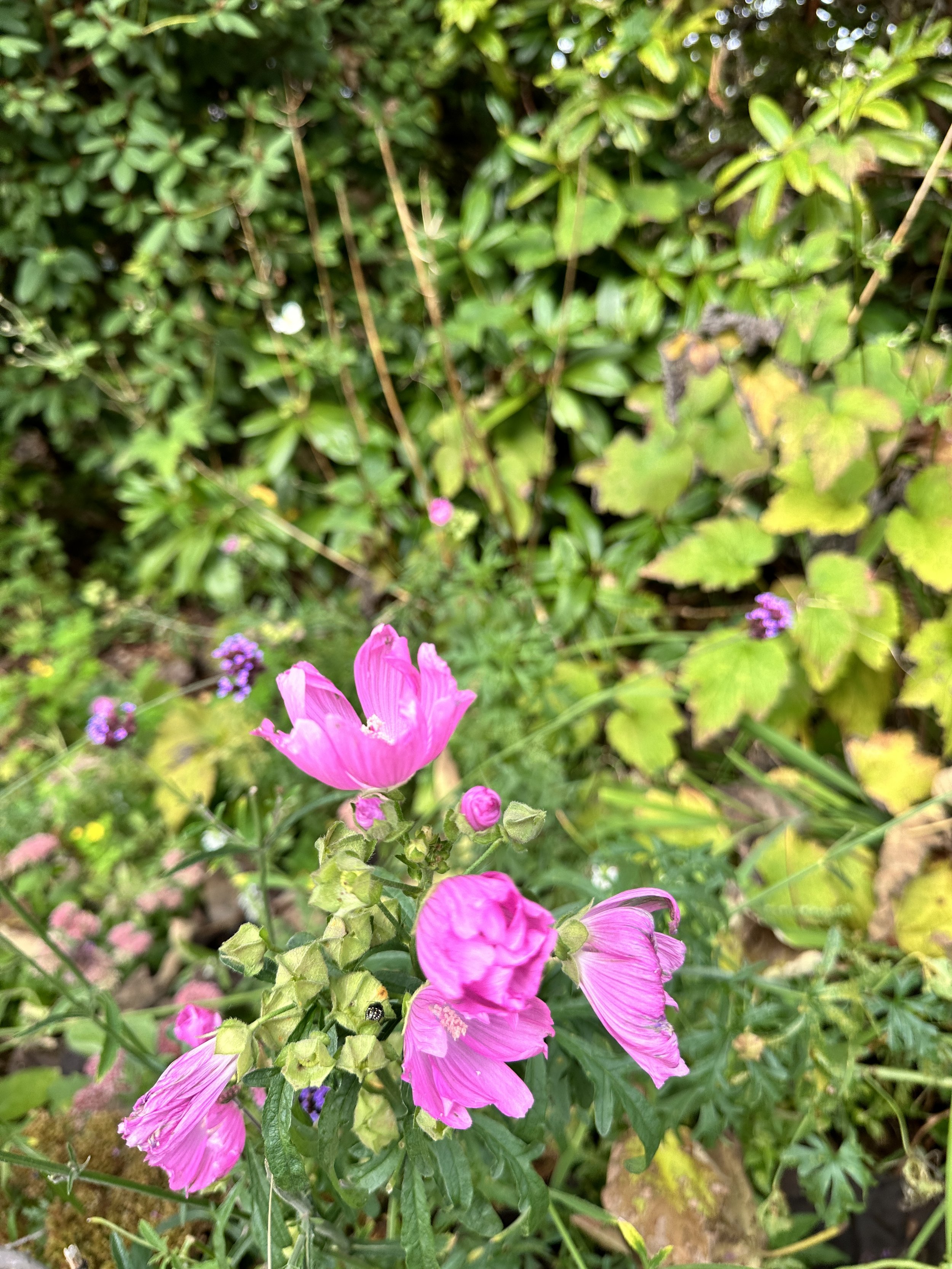prompt 3.4 ~ discourse
As I headed into the final week of working on this prompt, I had another meeting with Cameron which further help solidify the final version of Scrapbook.
One point that stuck out to me in my conversation with Cameron was the idea of conducting research through making. At first this point was hard to grasp but after a few days sitting on it and remembering a conversation I had with a friend, I finally understood what he meant.
I was talking to a friend from Germany at a radio event and he was telling me that growing up his dad loved to collect vinyls. However, since music took some time to ship from the US to Germany, there was always a delay from when it came out to when they got it. Because of this forced delay, when his dad did get a vinyl, he would cherish it and listen to the same one for weeks straight. What I gleaned from this conversation is that part of the reason why music was valued by his father was probably the fact that he had to work so hard to acquire it.
I can relate this to a recent experience of mine. About a month ago I had the desire to listen to a record in my CD collection. At the same time, I was ill-equipped to play music from a CD. I ran into multiple hiccups along the way and it took me nearly 40 minutes to get the music to play. However, once I did, I swear it felt like the best music I have heard in a while.
In the book “Influence— Science and Practice” by Robert B. Cialdini, in chapter 3, Commitment and Consistency, he details that when the application process for organizations is difficult and the more the applicant needs to commit to getting in, once they do get in, they feel so much more attached to the cause.
Through these different experiences, I came to the conclusion that for music to be sticky it needs to be valued and one way to increase music’s value could be by making it harder to acquire.
Scrapbook Prototype 1
After seeing that hopscotch with different tactile sensations in each square (refer to part 3), it inspired me to think about ways I could increase the tactile sensation of Scrapbook.
I went to Urban Source and picked up Kraft paper which had a slightly embossed/raised finish. My plan was to line the front and back cover with it so that when you saw the object you would initially think it was just paper but when you grabbed onto it you experienced a sensorial surprise.
Poetic Observation on my walk to Grandville Island
Metalsmith studio at Granville Island
Bonsai tree studio at Granville Island
Whilst making this musical object I started to feel lonely and detached. I felt what I was doing was innovative and meaningful but I anywhere I looked, I couldn’t see people that I could look to as a proof of concept. I spent a couple of hours in the library one day and tried to find just that. Although I didn’t exactly find what I was looking for, I did find the book “Sonic Graphics-Seeing Sound” by Matt Woolman.
The section on sonic landscapes particularly inspired me.
This little fidget toy I picked up on my walk to Grandville Island also inspired me. The iridescence of it compelled me to emulate a similar look for the cover of Scrapbook.
Scrapbook Final Version 1
I ended up making a DJ mix to go along with Scrapbook. By either scanning the QR code or tapping your phone you are brought to a Google Forms page. After answering the question right you are able to click a SoundCloud link that contains both the DJ Mix and the song. The DJ mix is 30 minutes long and I position it as the sonic landscape that this musical object lives in. The DJ mix acts as a guide and the participant should allow the music to influence their decisions.
My initial idea to increase the difficulty of acquiring the music was for participants to answer a random riddle. However, after a few tests and thinking it over, a question that doesn’t pertain to the object or something that someone would know by just having the object seems arbitrary and might be too high of a barrier for a lot of people. The question that I went with instead is “What city was this musical object designed in?”. By switching the question to something that the participant can ascertain by just looking at and through the object, I argue they are forced to be more engaged with the object.
To continue the element of closure that I had used for all my books so far, I added a bow to the front.
Working on the final mix of the song portion of Scrapbook.
After showing Scrapbook in class on presentation day, I was curious to see how it would work in practice. I coerced my roommate in trying it out with me and these were the end results.
My roommate and I both felt that listening to the music while making something made us feel more connected and engaged with the music; moving us from passive to active listeners. We also both enjoyed the prompt of only using scrap material. By taking this repurposeful perspective, we looked at items around our house differently.
In the lead up to open studios, I still have a few more details I want to refine for Scrapbook. I think the text on the inside pages should be smaller and I also think I can do more with the inside cover. My plan for open studios is to make 16 and hand them out to potential supervisors and visitors who seem interested in the idea.


















